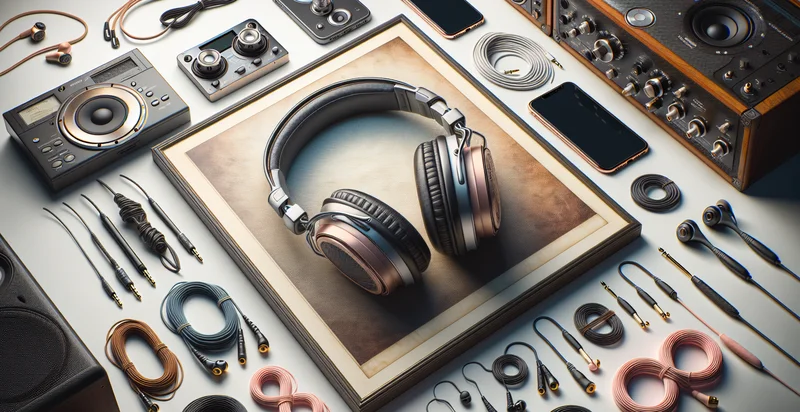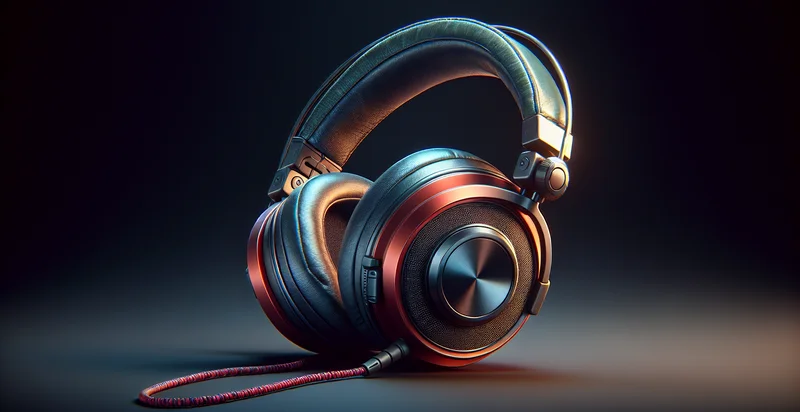Identify whether students are using headphones or not
using AI
Below is a free classifier to identify whether students are using headphones or not. Just upload your image, and our AI will predict if students are using headphones - in just seconds.

Contact us for API access
Or, use Nyckel to build highly-accurate custom classifiers in just minutes. No PhD required.
Get started
import nyckel
credentials = nyckel.Credentials("YOUR_CLIENT_ID", "YOUR_CLIENT_SECRET")
nyckel.invoke("whether-students-are-using-headphones-or-not-identifier", "your_image_url", credentials)
fetch('https://www.nyckel.com/v1/functions/whether-students-are-using-headphones-or-not-identifier/invoke', {
method: 'POST',
headers: {
'Authorization': 'Bearer ' + 'YOUR_BEARER_TOKEN',
'Content-Type': 'application/json',
},
body: JSON.stringify(
{"data": "your_image_url"}
)
})
.then(response => response.json())
.then(data => console.log(data));
curl -X POST \
-H "Content-Type: application/json" \
-H "Authorization: Bearer YOUR_BEARER_TOKEN" \
-d '{"data": "your_image_url"}' \
https://www.nyckel.com/v1/functions/whether-students-are-using-headphones-or-not-identifier/invoke
How this classifier works
To start, upload your image. Our AI tool will then predict if students are using headphones.
This pretrained image model uses a Nyckel-created dataset and has 2 labels, including Headphones On and Headphones Off.
We'll also show a confidence score (the higher the number, the more confident the AI model is around if students are using headphones).
Whether you're just curious or building whether students are using headphones or not detection into your application, we hope our classifier proves helpful.
Related Classifiers
Need to identify whether students are using headphones or not at scale?
Get API or Zapier access to this classifier for free. It's perfect for:
- Classroom Engagement Tracker: This function can help educators monitor student engagement levels based on headphone usage. By analyzing the data, teachers can adjust their instructional methods or develop interventions for students who might be distracted or less engaged during lessons.
- Noise Level Management: Schools can utilize this tool to identify the use of headphones in common areas, such as libraries or study halls. By understanding when and where headphones are predominantly used, administrators can manage noise levels and designate quieter zones for focused study.
- Study Habit Analytics: Educational platforms can incorporate this functionality to gain insights into student study habits. Tracking headphone usage over time can provide valuable data on how different audio styles or instructions can affect concentration and learning outcomes.
- Personalized Learning Environment: With real-time data on headphone usage, educators can tailor content delivery to suit students who prefer auditory learning through headphones. This adaptability can enhance individual learning experiences and improve retention of material.
- Attendance Monitoring: By integrating this binary classification into attendance systems, schools can gain insights into students’ levels of participation. An increase in headphone usage, without accompanying engagement, could signal potential attendance issues allowing for proactive measures.
- Resource Allocation: Schools can analyze headphone usage patterns to make informed decisions about resource allocation, such as investing in more audiovisual tools or creating designated headphone-friendly zones. This can enhance learning environments and cater to diverse learning preferences.
- Mental Health and Well-being Assessment: This classification function can be used to monitor emotional states of students, as excessive headphone usage may correlate with social withdrawal. Identifying trends in headphone use could help counselors identify students who may need additional support for their mental health and social interactions.


